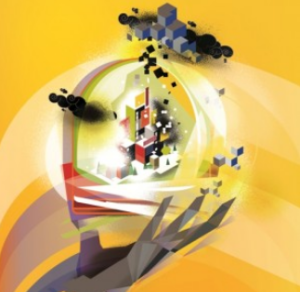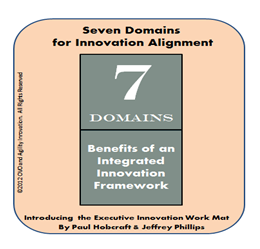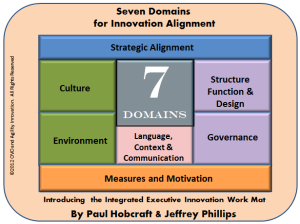 The issue of “where does innovation fit?” is one of the most difficult ones to address in many organizations. It seems to fit uncomfortably for many.
The issue of “where does innovation fit?” is one of the most difficult ones to address in many organizations. It seems to fit uncomfortably for many.
At the top of our organizations they ‘require’ innovation but will often not want the potential disruption this might entail.
Yet the organization today is being challenged like never before, it has gone from managing the predictable business to responding to the unpredictable, more opportunistic and alert to change, a place innovation can fit within the need to respond to this different environment.
This is the final post in the series that has focused on the innovation work mat components








